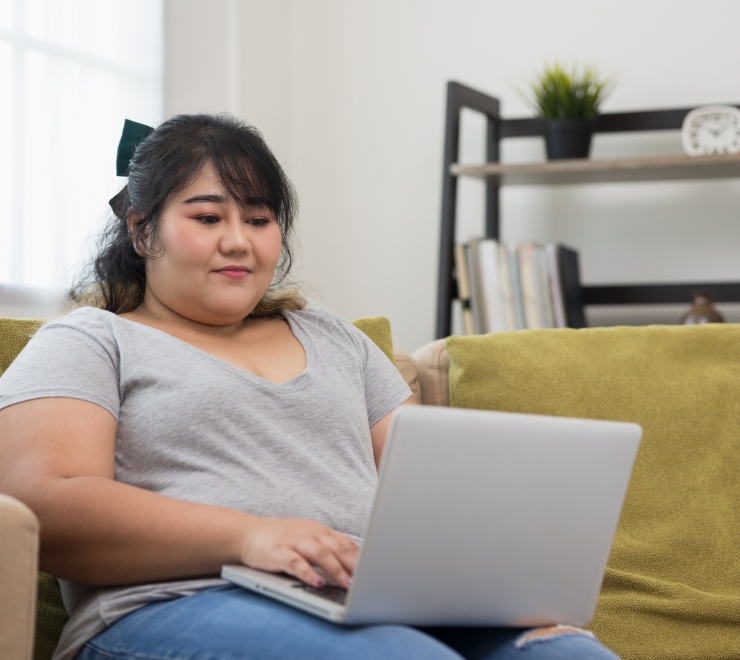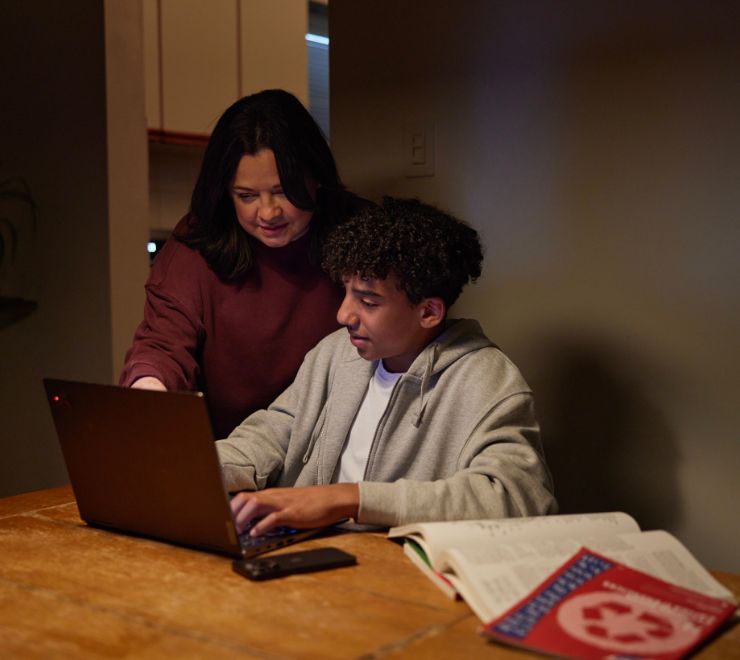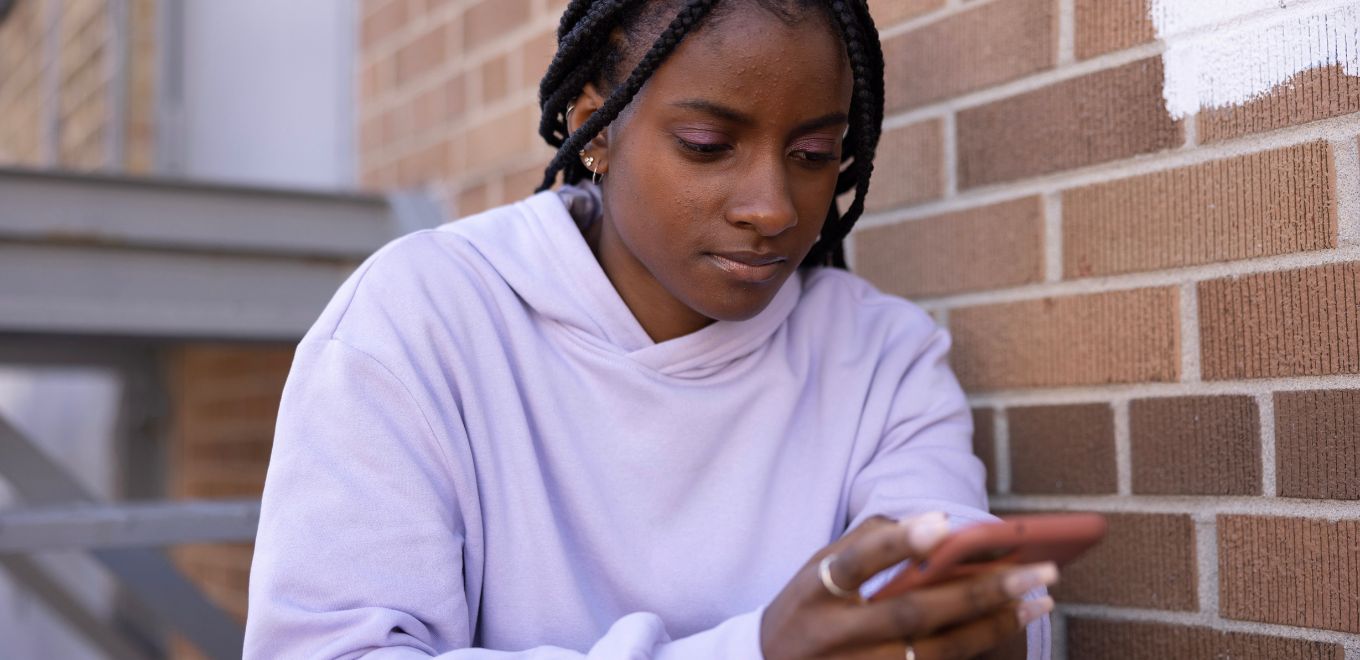
Practise self-awareness with this creative workbook
From time to time, we experience key moments or events that may define how we think about ourselves and our lives. Whether they’re big, small, easy or challenging, it’s helpful to take time to pause and reflect on these moments. This practice of reflection is known as self-awareness and has many benefits. By spending time with your thoughts and feelings and noticing how different things impact you, you may be better able to communicate needs and wants, strengthen your relationships and gain self-confidence. Here, Kids Help Phone shares guided activities you can use to reflect on specific moments and learn new things about yourself.
To get started, pick a moment that stands out in your mind. It can be a difficult moment, sad moment, inspiring moment or any recent moment that feels safe to think about on your own (a moment that doesn’t feel too scary or traumatic, for example). As you move through this activity, remember that you’re the expert on your own experience. The idea is to be curious and kind to yourself so you can explore how something has affected you without judging your thoughts or feelings. If you’re not sure what a question is asking, move to the next one or ask a safe adult to help identify things and find the words to describe your experience.
Please note: if you don't print or download your workbook after completion, your answers will be deleted.
Tech tip: You can choose to enable the speech-to-text function on your device or computer by going to settings. Please note, however, that this function may not be supported on all devices, platforms or browsers.
Everyone has unique ways of communicating — through words, drawing, sounds, movements, etc. Select the option below that feels the best for you. We recommend setting aside 15 – 30 minutes to do this activity. It may be helpful to find a quiet space with few interruptions so you can focus on reflecting.
You can also download all three blank workbooks to complete at a later time.
Tell the story of the moment
Pick a moment that stands out in your mind and describe what happened. Where were you? What was happening before? How did the moment end?
Experience your moment
Dive deeper into your moment by noting the sensations, emotions and thoughts that took place. What was your mind and body telling you in that moment?
Reflect on your moment
Complete this activity by reflecting on what you’ve learned from your moment and consider what you might do differently in the future to care for yourself.
It’s OK if there are other tools and activities that work better for you. You can explore Kids Help Phone’s trustworthy info, tips and tools here.
Write your answers to the following questions:
Write your answers to the following questions:
Write your answers to the following questions:
Write your answers to the following questions:
Use the blank squares to create drawings or a comic book of your moment, answering the questions below. The drawings don’t have to be perfect – it’s the process of reflection that is important.
Use the blank squares to create drawings or a comic book of your moment, answering the questions below. The drawings don’t have to be perfect – it’s the process of reflection that is important.
Use the blank squares to create drawings or a comic book of your moment, answering the questions below. The drawings don’t have to be perfect – it’s the process of reflection that is important.
Use the blank squares to create drawings or a comic book of your moment, answering the questions below. The drawings don’t have to be perfect – it’s the process of reflection that is important.
Fill in the blanks below to note the sensations, emotions and thoughts that took place during the moment, using the prompts to help guide you:
Helpful prompts
What did you need for the sensation to feel a little bit better?
Physical / Body Sensations (tingling, tense, heaviness, etc.)
- Head
- Face
- Throat
- Shoulders
- Hands
- Chest
- Belly
- Spine/back
- Feet
- Arms
- Legs
*Circle, star or highlight the sensations that were the biggest / strongest.
What did you see, hear, smell,
etc.?
Fill in the blanks below to note the sensations, emotions and thoughts that took place during the moment, using the prompts to help guide you:
Helpful prompts
What did you need for the emotion to feel a little bit better?
Emotions (how you felt – e.g. anxious, angry, surprised, happy, loving, etc.)
- What emotions were experiencing?
- Which emotion was the strongest?
- Where did you feel this emotion the most (chest, belly, heart, etc.?)
Fill in the blanks below to note the sensations, emotions and thoughts that took place during the moment, using the prompts to help guide you:
Helpful prompts
What did you need for the thought to feel a little bit better?
Thoughts (what you thought, believed or imagined)
- What were you thinking at the time?
- What thought was the biggest / strongest?
Draw an outline of your body and note the sensations, emotions and thoughts that took place during the moment, using the prompts to help guide you.
Helpful prompts
What did you need for the sensation to feel a little bit better?
Physical / Body Sensations (tingling, tense, heaviness, etc.)
- Head
- Face
- Throat
- Shoulders
- Hands
- Chest
- Belly
- Spine/back
- Feet
- Arms
- Legs
*Circle, star or highlight the sensations that were the biggest / strongest.
What did you see, hear, smell,
etc.?
Draw an outline of your body and note the sensations, emotions and thoughts that took place during the moment, using the prompts to help guide you.
Helpful prompts
What did you need for the emotion to feel a little bit better?
Emotions (how you felt – e.g. anxious, angry, surprised, happy, loving, etc.)
- What emotions were experiencing?
- Which emotion was the strongest?
- Where did you feel this emotion the most (chest, belly, heart, etc.?)
Draw an outline of your body and note the sensations, emotions and thoughts that took place during the moment, using the prompts to help guide you.
Helpful prompts
What did you need for the thought to feel a little bit better?
Thoughts (what you thought, believed or imagined)
- What were you thinking at the time?
- What thought was the biggest / strongest?
Answer the following questions:
Answer the following questions:
Answer the following questions:
Answer the following questions:
Increasing your self-awareness can improve how you feel about yourself, help you process difficult moments with compassion, set boundaries and learn how to respond to challenges in different ways. Remember that you know your experience best. Taking the time to learn more about yourself and look after your well-being is something to be proud of.

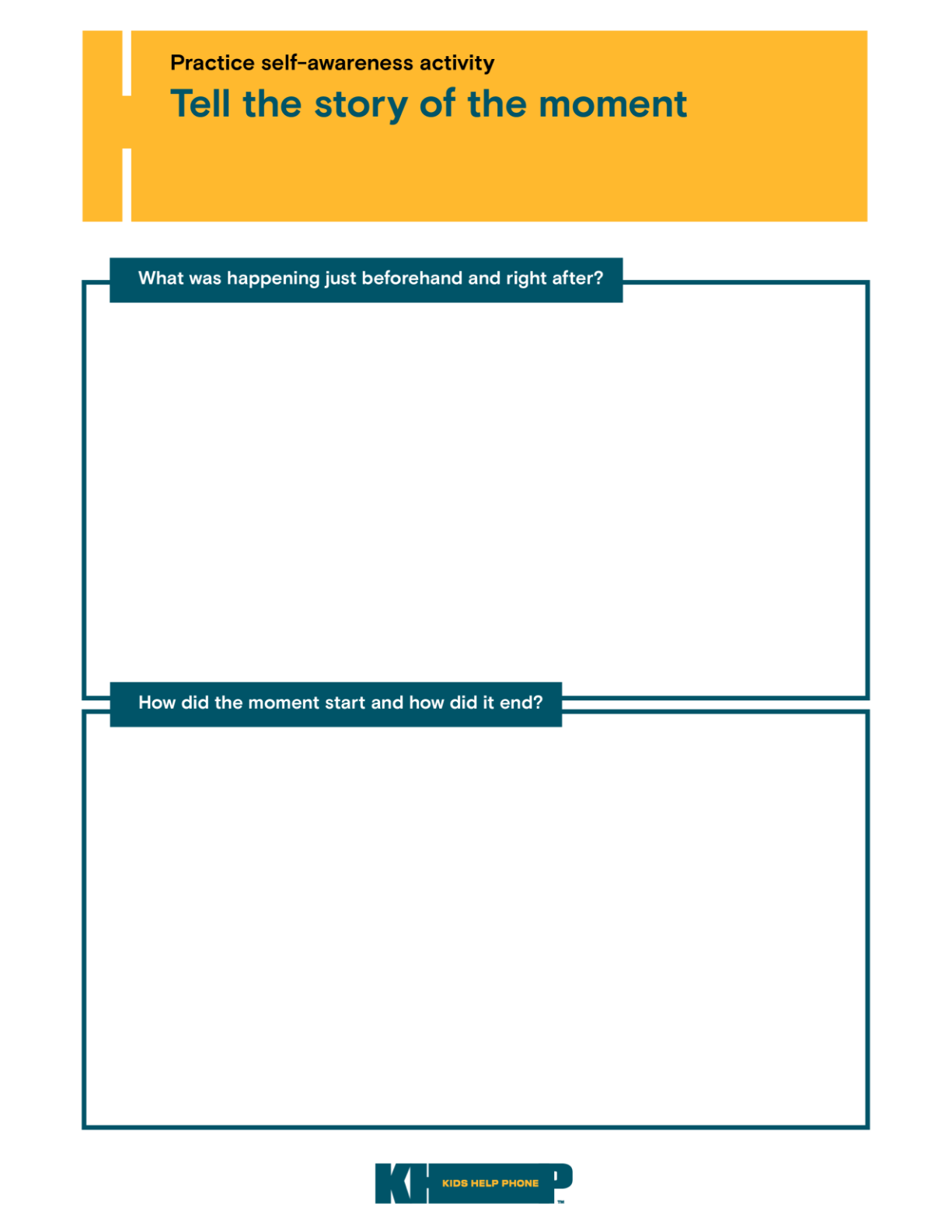




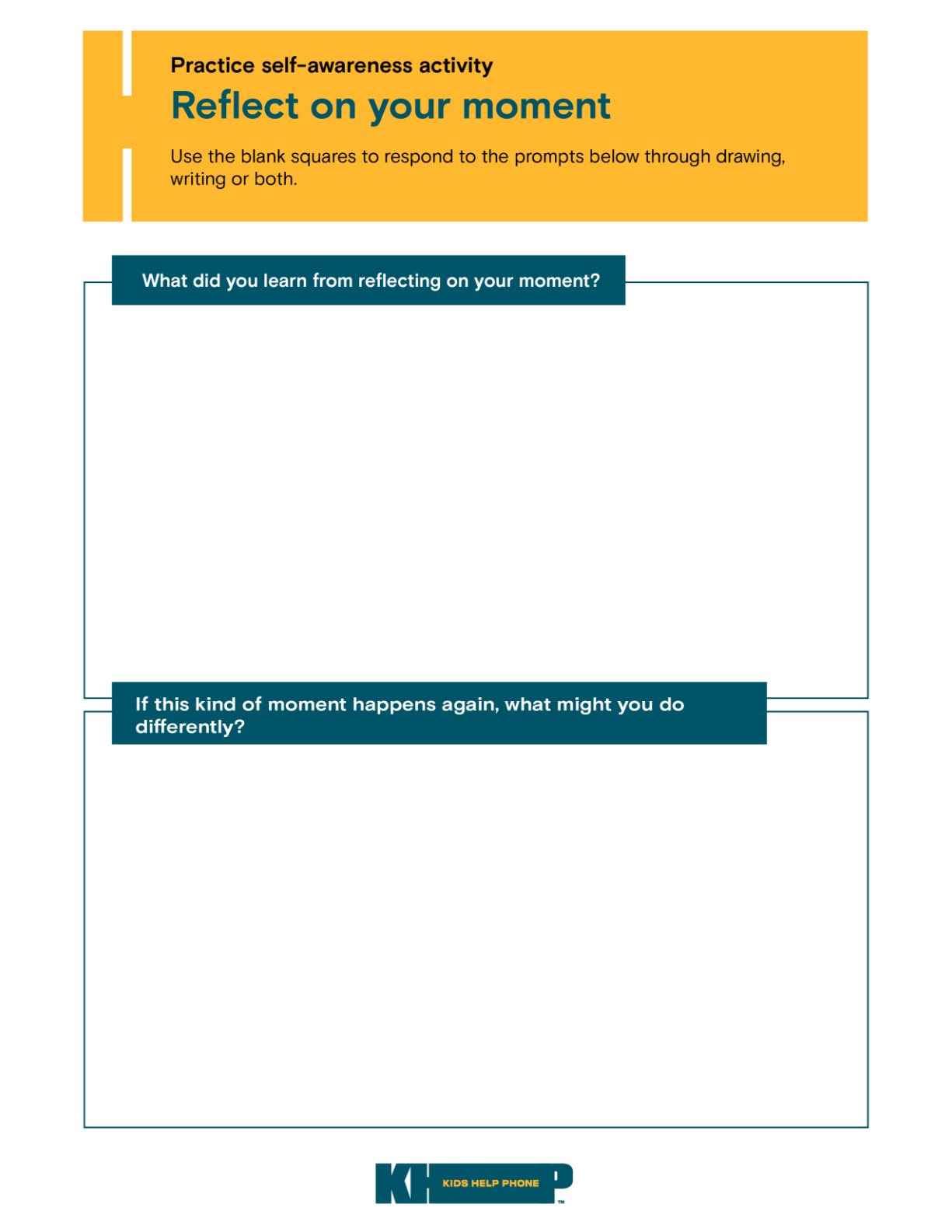
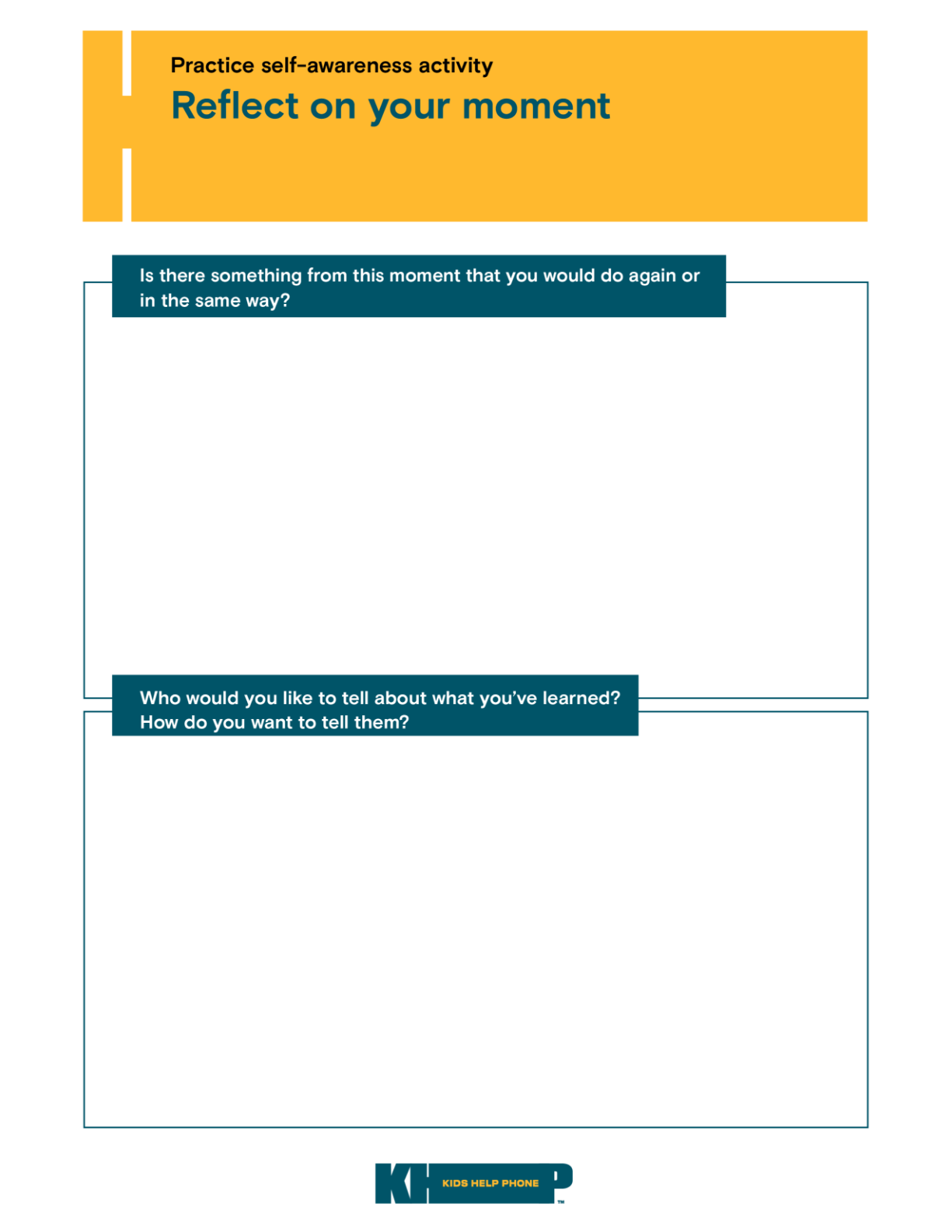


Success! Your workbook has been cleared and has not been saved in our system.
Where can I find more resources?
It’s OK if there are other tools and activities that work better for you. You can find more of Kids Help Phone’s trustworthy info, tips and tools for practicing mindfulness, exploring your emotions and increasing self-awareness below.
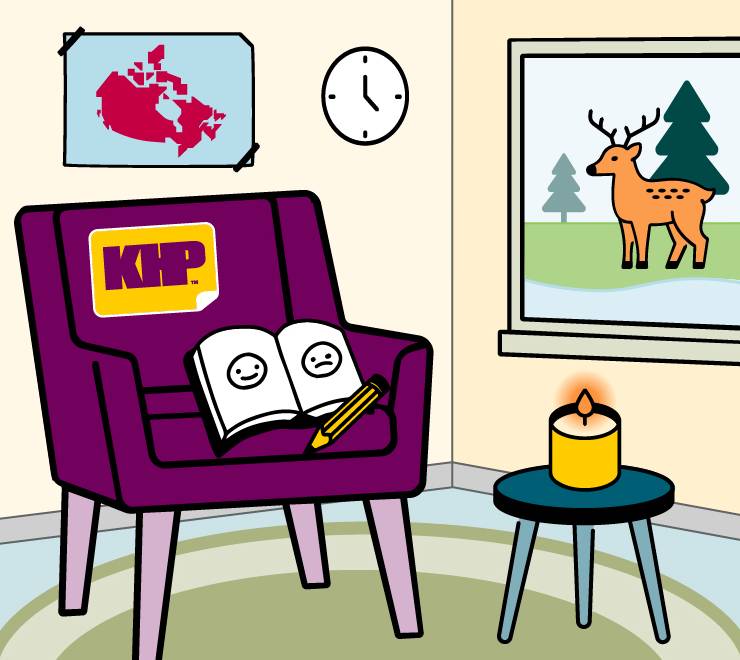
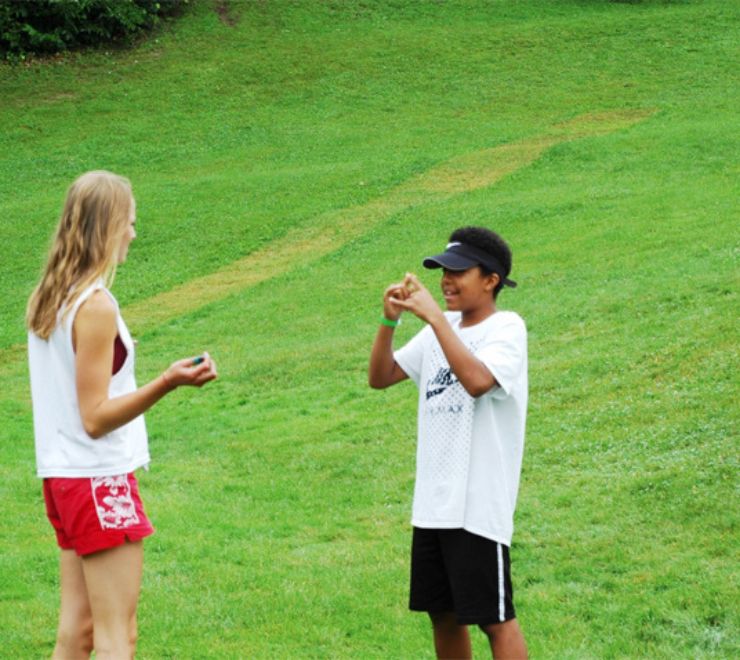
New content
-

Category Learn
Kids Help Phone Foundation | Help now
-

Category Learn
Feel Out Loud: KHP’s 2024–2025 Impact Report
-

Category Connect
It’s Okay to not be Okay



